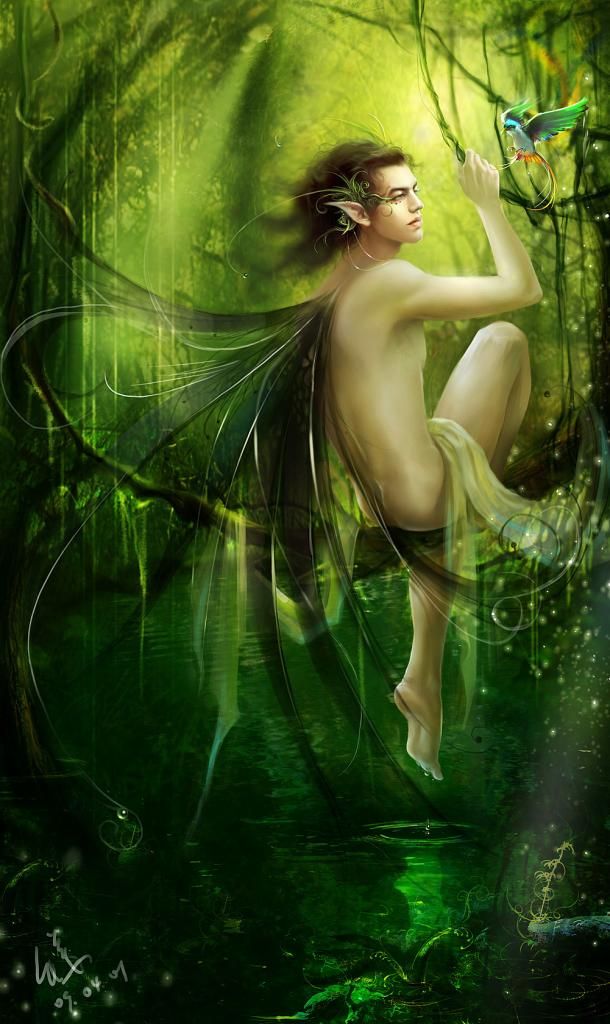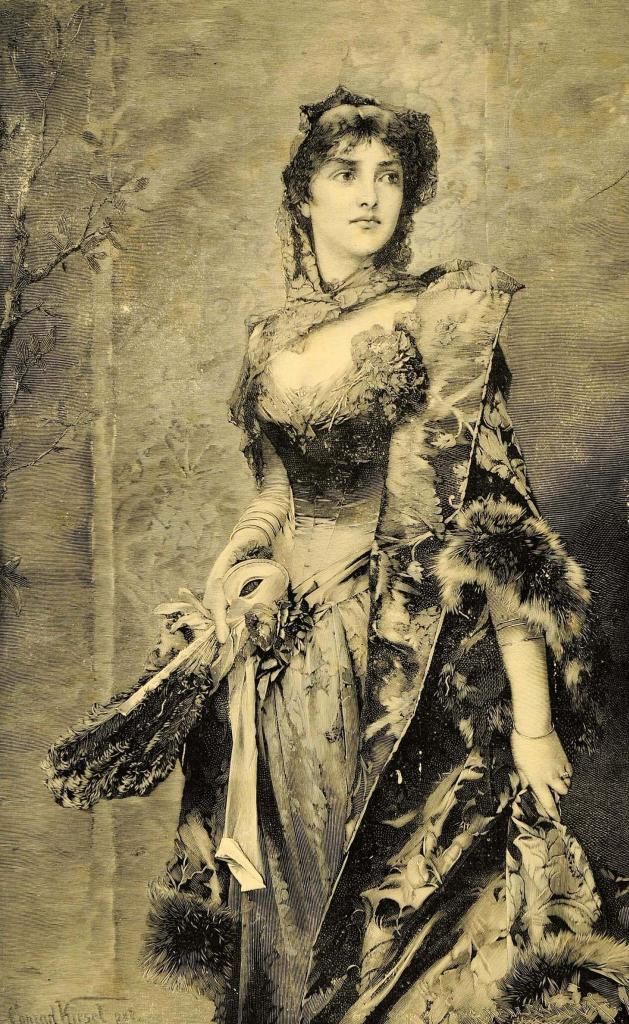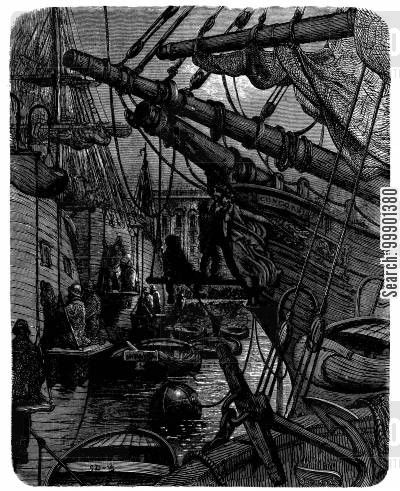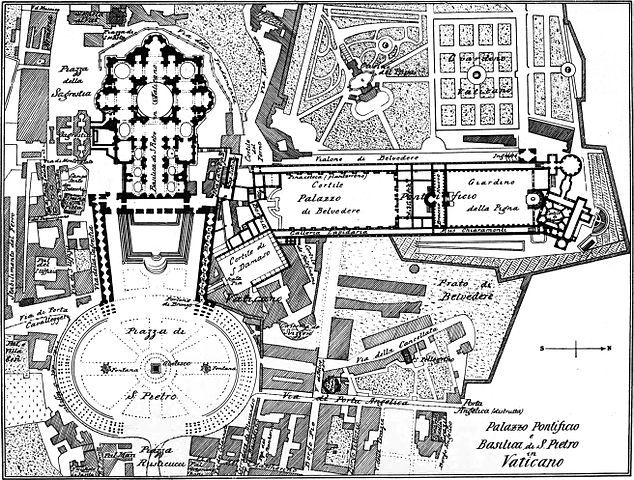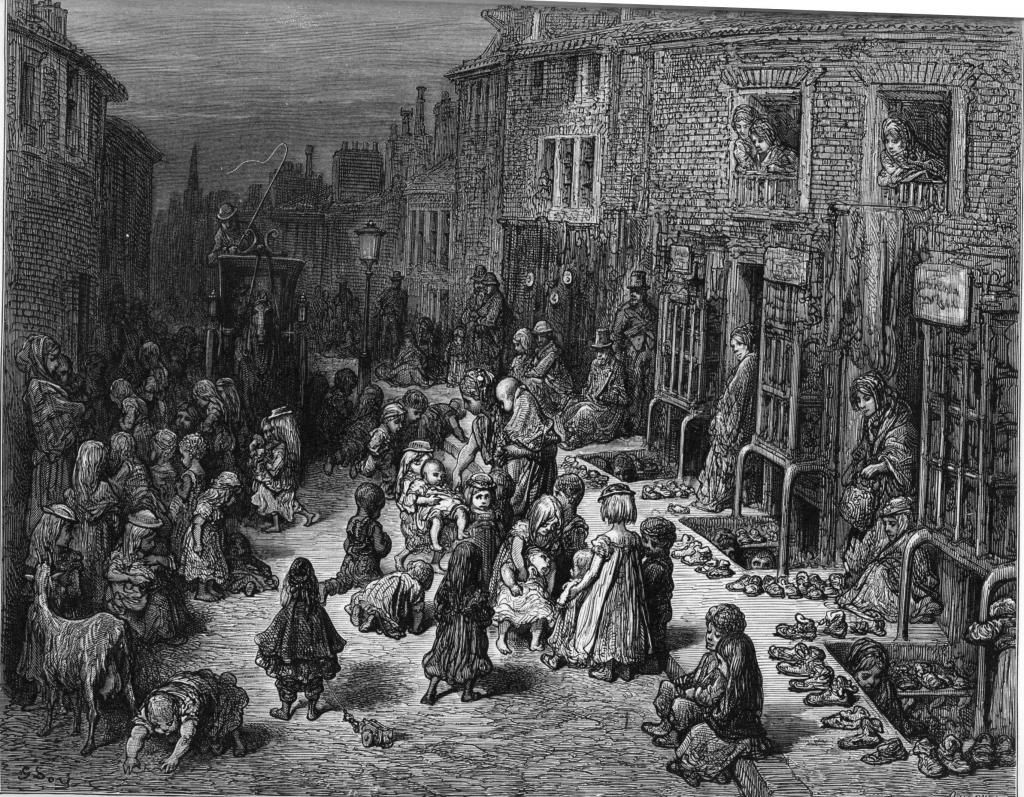 I am in two minds about Dark Albion and I can’t quite figure out why. I think I will do my usual steal random bits for Nocte thing, but before that I want to do a more traditional review.
I am in two minds about Dark Albion and I can’t quite figure out why. I think I will do my usual steal random bits for Nocte thing, but before that I want to do a more traditional review.Dark Albion is a pseudo-historical setting based on England during the War of the Roses. Notable pieces of pseudo-ness include replacing the Catholic Church with The Church of the Unconquered Sun(TCotUS) and replacing the French with actual frogmen. Both of these substitutions are easily reversible, thus making the setting almost wholly historical, but I question the inclusion of one of these elements at all.
While the frogmen are a hilarious adversary as surrogate Frenchmen, replacing the historical church seems to me to be just avoiding conflict with modern Christians. If the Church of the Unconquered Sun could bring more depth and interest, or even an interesting spin on the historical church then it might be a warranted change. I find no such thing in Dark Albion and so I must conclude the author did not want to incorporate fantasy constructs such as clerics into the historical church to avoid any controversy that might result.
I might be being a bit harsh with that criticism. The brief history of TCotUS does a good job explaining clerics and the miracles they perform, and since TCotUS is so similar to the Catholic Church, it is still possible to use all the interesting historical details of the Church almost directly. The author even takes pains to point out that the history of the church can be brought across almost entirely intact.
Despite the weighty 280 pages, the book only manages to skim the 30 years of the era and this makes it feel incomplete. Luckily, since the era of the book is a popular one in film and fiction, there is a wealth of extra setting material available so I can’t really criticise the book too much on that score. Dark Albion focuses on the start of the period, instead of a more piecemeal approach, which helps somewhat, but I feel it could have done with more focus. Instead of including information about the various continental powers, The 14 pages used could have been put to better use. Especially useful would be some more examples on how to use the extensive list of NPCs to get PCs involved in the Rose Wars. Some advice is given in this regard, but a lot more would be welcome.
 So that’s the negatives and writing about them above, they seem to loom large. On the whole though, I really enjoyed Dark Albion. It takes on an era that is undeserved by RPGs, it is well written and I really like the artwork. Others have criticised the use of royalty free images, but the volume and quality of the art is not to be understated. The number of interesting and detailed NPCs that can and should interact with one another in a relatively small geographic area is possibly unparalleled in a RPG. Should you buy this book then? Certainly. Other people have done a better job extolling Dark Albion’s virtues, so I will leave that to them, but I did want to get my reservations about the book off my chest without being too negative about it.
So that’s the negatives and writing about them above, they seem to loom large. On the whole though, I really enjoyed Dark Albion. It takes on an era that is undeserved by RPGs, it is well written and I really like the artwork. Others have criticised the use of royalty free images, but the volume and quality of the art is not to be understated. The number of interesting and detailed NPCs that can and should interact with one another in a relatively small geographic area is possibly unparalleled in a RPG. Should you buy this book then? Certainly. Other people have done a better job extolling Dark Albion’s virtues, so I will leave that to them, but I did want to get my reservations about the book off my chest without being too negative about it.On a side note, you will probably have noticed that I have not posted in a very long time. For a while I was focusing on other writing, then I have some good excuses about moving countries etc. Normal service should resume soon, starting with some random inspiration from the pages of Dark Albion.
